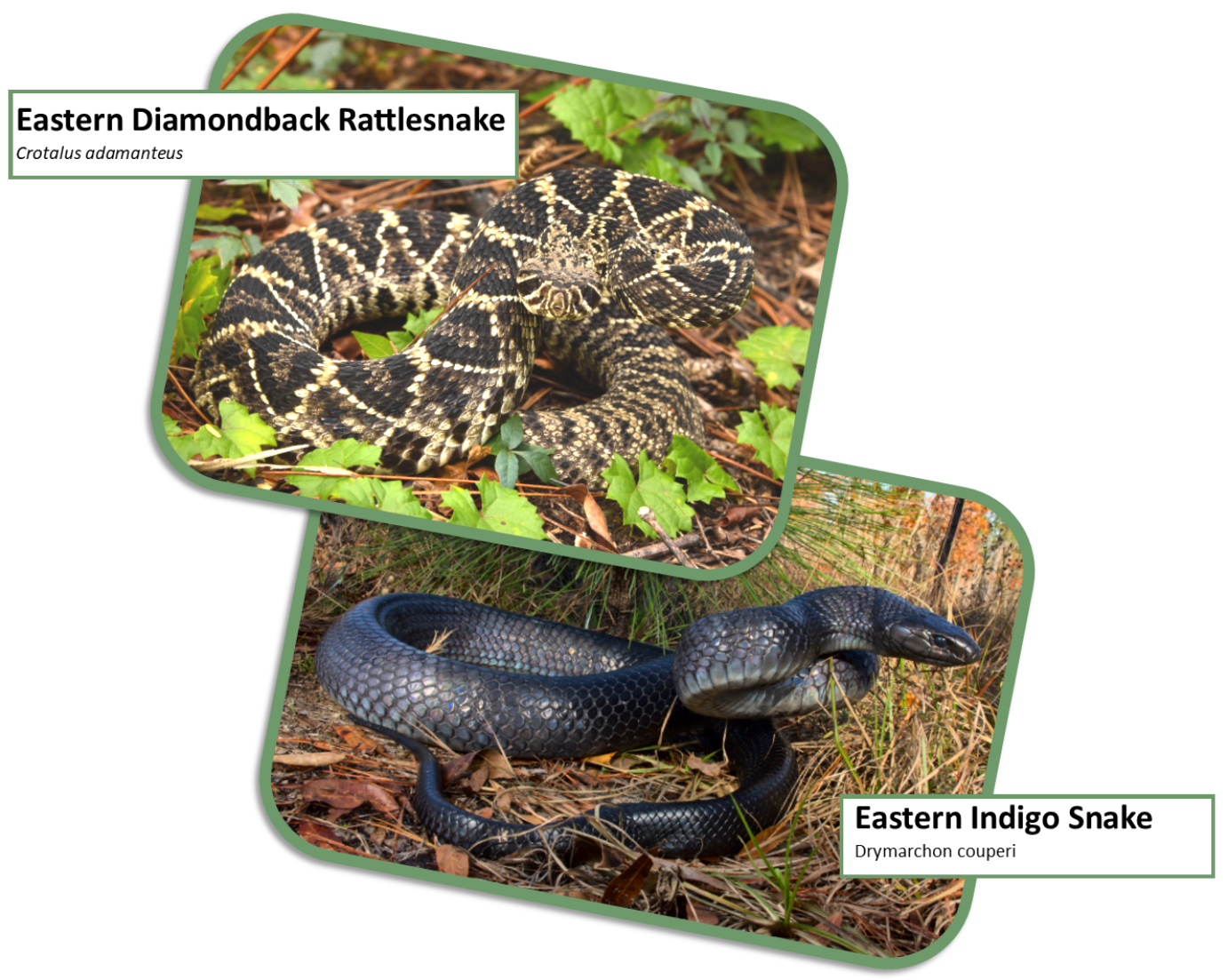Impacts
Individual impacts
Raillietiella orientalis is a long-lived parasitic crustacean that lives in the lungs of snakes. Infections in native snakes have been associated with inflammation, lesions of the lungs, pneumonia, sepsis, and mortality. We currently lack a comprehensive understanding of the sublethal effects of infection and their implications for survivorship.
Geographic spread
This parasite emerges as a substantial conservation issue for native snake populations, with evidence indicating its presence in at least eighteen native snake species across 34 counties in Florida. Raillietiella orientalis exploits abundant and widely distributed intermediate hosts, including cockroaches, small lizards, and small anurans, which are frequently consumed by various snake species and are commonly transported by humans. Additionally, R. orientalis is present in the pet trade and has been linked to numerous fatalities among captive animals. Considering its prevalence in the pet trade and utilization of widespread hosts, R. orientalis is expected to further expand its invasive range beyond Florida.


